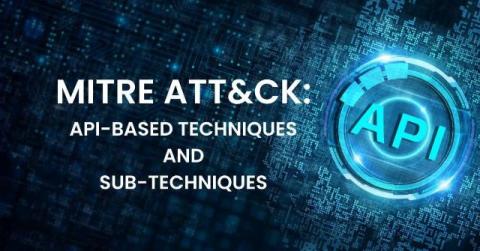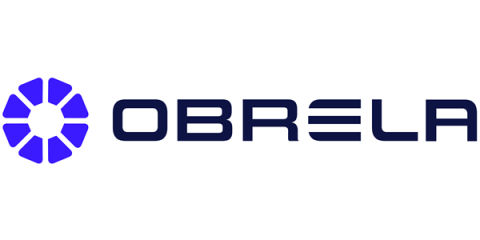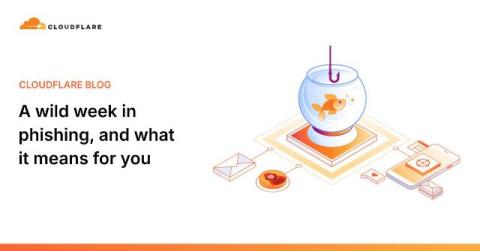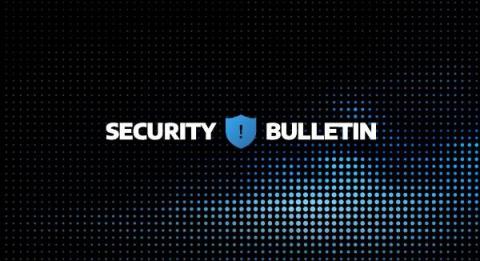MITRE ATT&CK: API-based Enterprise Techniques and Sub-techniques
Imagine you have a backpack with a granola bar buried at the bottom and a tenacious tiny dog who loves snacks. Even though the dog shouldn’t be able to reach that granola bar stored away carefully, it managed to open a zipper and snoop through the contents to eat the snack. From an IT environment standpoint, Application Programming Interfaces (APIs) are the backpack carrying sensitive – but appealing to attackers – data.











